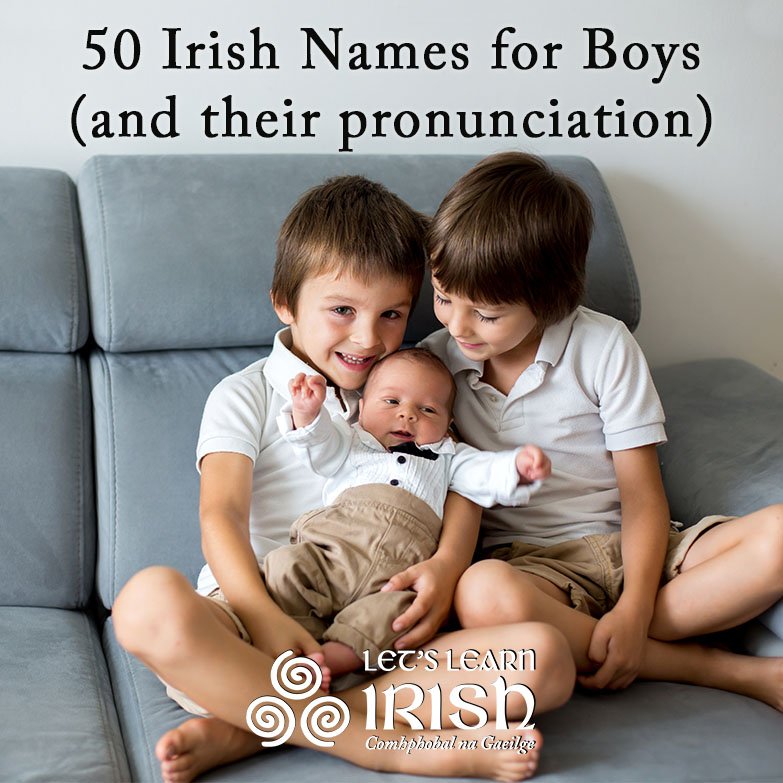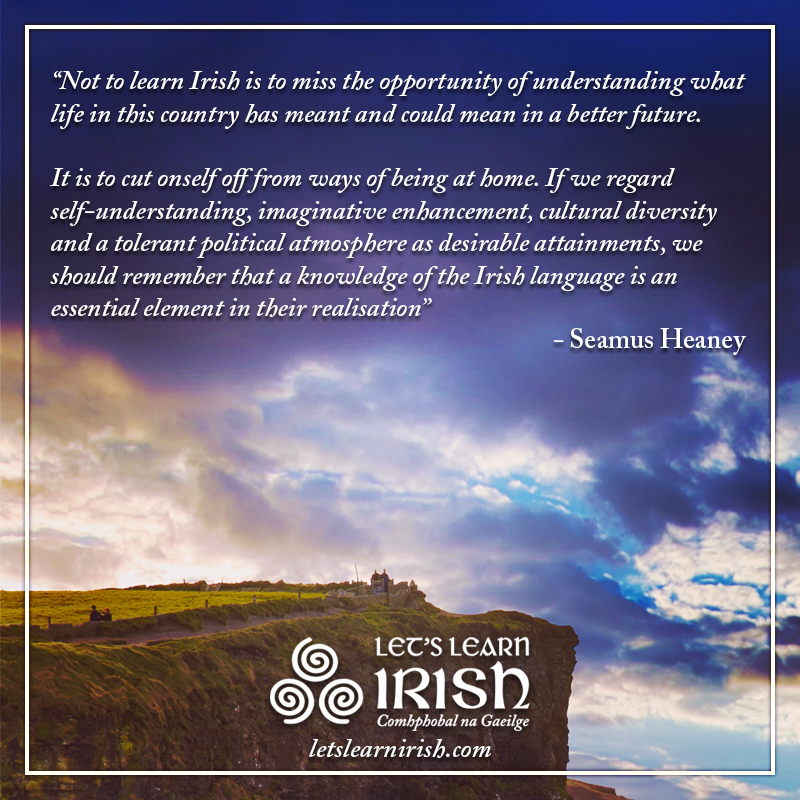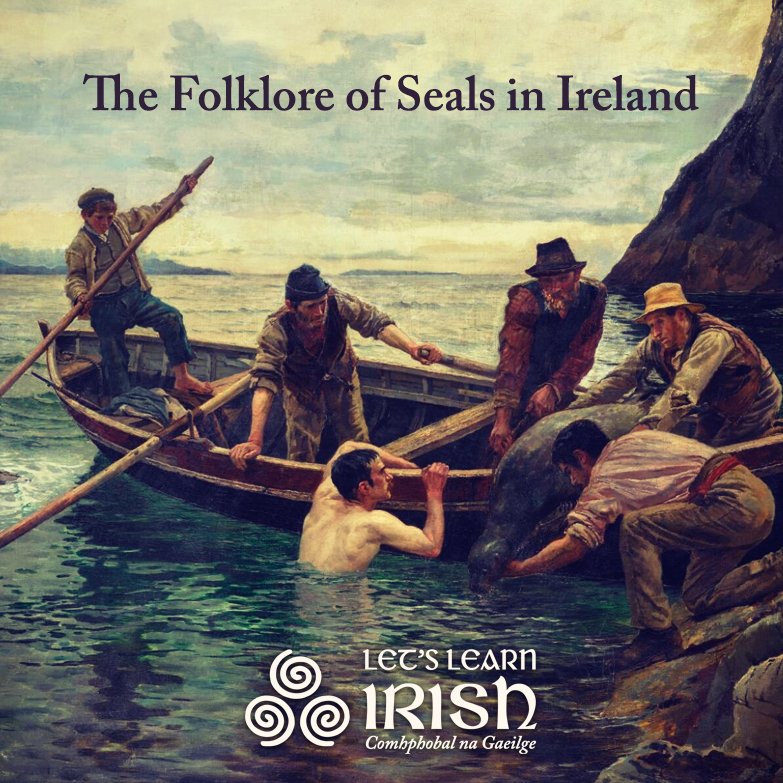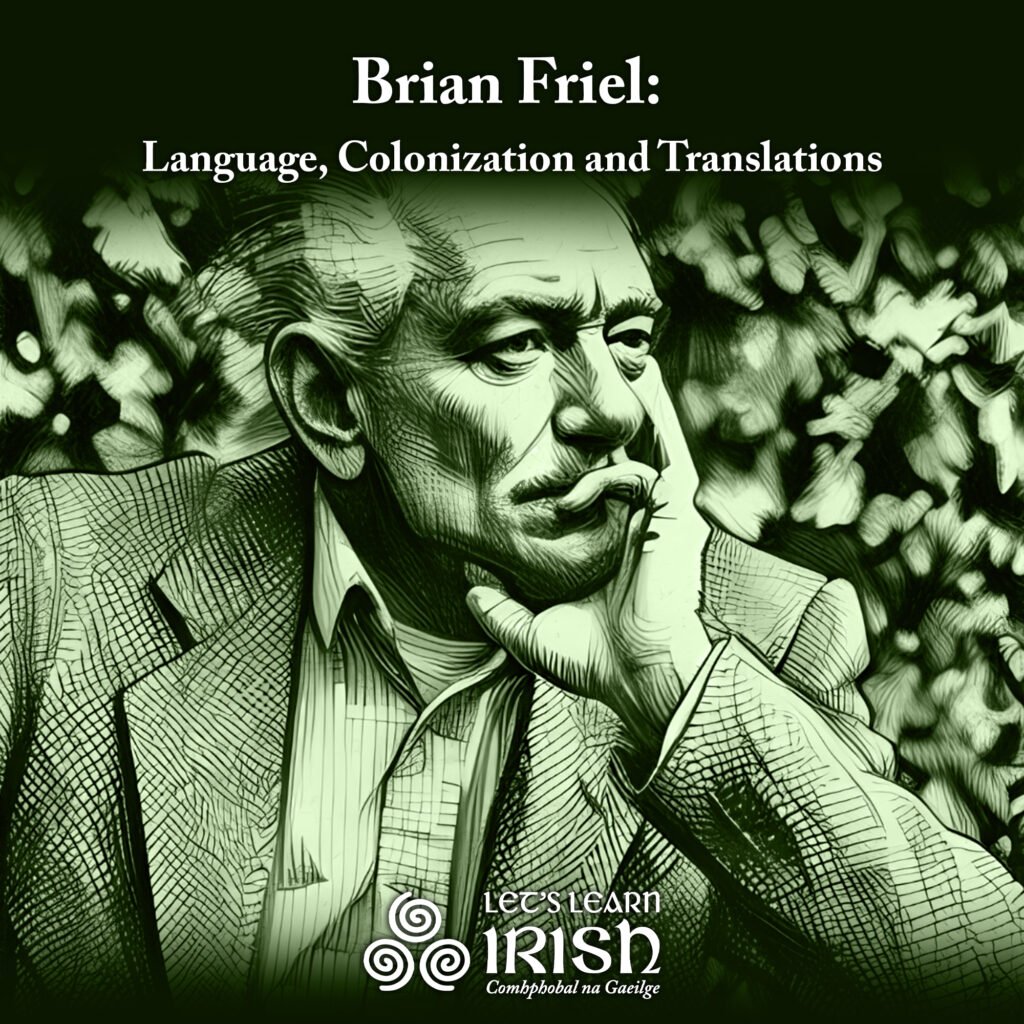An Chuach: The Cuckoo in Irish Folklore
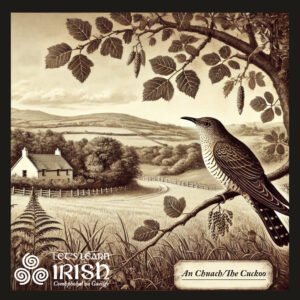 The cuckoo (‘an chuach’) holds a special place in Irish folklore, and is associated with many traditions and beliefs. The cuckoo is intimately linked with the changing of the seasons, particularly signalling the start of summer and its eventual end. The cuckoo arrives in Ireland typically around April and departs by the end of summer, making it a natural marker of the passing seasons. It is said that “the cuckoo comes in April, she sings her song in May, then in June another tune, and in July she flies away.”
The cuckoo (‘an chuach’) holds a special place in Irish folklore, and is associated with many traditions and beliefs. The cuckoo is intimately linked with the changing of the seasons, particularly signalling the start of summer and its eventual end. The cuckoo arrives in Ireland typically around April and departs by the end of summer, making it a natural marker of the passing seasons. It is said that “the cuckoo comes in April, she sings her song in May, then in June another tune, and in July she flies away.”
The cuckoo’s song is one of the most recognisable and well-known of all Irish bird species. The male gives a distinctive “wuck-oo” sound, while the female has a distinctive bubbling “pupupupu”. The cuckoo’s song period is late April to late June, and its call is often mentioned in Irish poems, songs, and stories, symbolising not just the promise of summer but also transformation and change. We associate the cuckoo’s call with summer approaching, the days growing longer, the weather warming, the blooming of flowers and the sowing of crops.
Traditional Beliefs Associated with the Cuckoo
Irish folklore is rich with references to the cuckoo and its role as a seasonal marker, and much hung on the arrival of the cuckoo. Some people said that if you didn’t hear the cuckoo by the end of May, “you wouldn’t live another year”. If the cuckoo arrived before you had your crops sowed, you would be classed as a “cuckoo farmer”, meaning you were seen as being a bit lazy. Oats sown after this time were referred to as “cuckoo oats”, while a lamb born after this date was known as a “cuckoo lamb”.
One popular belief was that you should have money in your pocket the first time you hear the cuckoo to ensure prosperity throughout the year. Another tradition held that being in good health upon hearing the first cuckoo call of the season was a sign of good health for the rest of the year.
In Donegal, anything out of the ordinary was termed “a winter cuckoo”. If you happen to hear the cuckoo’s call while you’re planting potatoes, you can expect to find what are known as “cuckoo potatoes” later in the year, implying a poor crop.
This “seanfhocal” (proverb) also links the cuckoo with a bad harvest:
Má ghlaonn an chuach ar chrann gan duilliúr, díol do bhó agus ceannaigh arbhar.
In other words, if the cuckoo calls from a tree without leaves, sell your cow and buy some grain!
Songs Referencing 'An Chuach'
‘An chuach’ is a frequent motif in traditional Irish songs, symbolising various themes from the changing of seasons to sentiments of love and loss. Here are two such examples:
Cuach Mo Lon Dubh Buí
If you’ve been learning a few Irish songs, there’s a good chance you’ve happened upon this gem! ‘Cuach Mo Lon Dubh Buí‘ song is a lament that intertwines the imagery of the cuckoo with themes of loss and the passage of time. The song is often performed with a melancholic tune that complements its reflective lyrics. You will often hear ‘Cuach Mo Lon Dubh Buí’ performed at gatherings, folk festivals and traditional Irish music sessions.
An Cuachín Ghleann Neifin
Known in English as “The Cuckoo of Glen Nephin”, this song is another poignant reflection that features the cuckoo. It is often performed with a melody that underscores the song’s themes of unrequited love and the beauty of the Irish landscape. It features the lyrics:
“Agus ‘dheamhan an filleadh abhaile dom go labhraí an chuach i mbarr na gcraobh ann” (And I swear not to return until the the cuckoo sings on the tops of the branches there.)
The Cuckoo's Influence
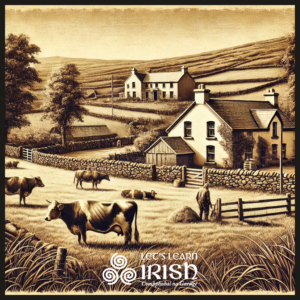 While the arrival of the cuckoo is associated with the beginning of summer, its departure is equally significant, marking the imminent end of this vibrant season. The cuckoo’s departure around the end of July or early August signals that the high point of summer has passed and that the harvest season is approaching. Its departure is a reminder to enjoy what the summer brings us, but also to prepare for the colder months ahead. In this way, the cuckoo not only bookmarks the summer months but also prompts a reflection on the cyclical nature of life and the importance of being prepared for change.
While the arrival of the cuckoo is associated with the beginning of summer, its departure is equally significant, marking the imminent end of this vibrant season. The cuckoo’s departure around the end of July or early August signals that the high point of summer has passed and that the harvest season is approaching. Its departure is a reminder to enjoy what the summer brings us, but also to prepare for the colder months ahead. In this way, the cuckoo not only bookmarks the summer months but also prompts a reflection on the cyclical nature of life and the importance of being prepared for change.
Ní imíonn an chuach go dtugann sí teas agus glas an fhómhair léi.
The cuckoo’s influence is a reminder of how deeply intertwined nature and culture can be, especially in places like Ireland, where the natural world often influences many aspects of daily life and cultural identity. As environmental changes continue to affect wildlife patterns, the story of the cuckoo also becomes a potent symbol of the need for environmental awareness and conservation.
Bígí páirteach!
Join the online Irish community at LetsLearnIrish.com.
Follow on social media @LetsLearnIrish.


